Not many are aware that in Northern Pakistan, within the province of Khyber Pakhtunkhwa(or KPK), an ancient city exists, packed with revering citizens who have housed their families there for generations. A city that is rich with culture, tradition and values. That ancient city is called Peshawar, which translates directly to ‘City of Men’, and it was the place I called home for almost 8 years.
Peshawar is pretty different from other cities in Pakistan. Separate from the Punjabi areas like Lahore, Peshawar is the home ground for the vast majority of the Pakhtun tribe, originating from Afghanistan. This means that rather than adhering to the national language of Pakistan, Urdu(which is actually almost identical to Hindi), the common language is Pashto.
It’s important to note that Peshawar isn’t just different from the rest of Pakistan, it’s different from the rest of the world, in the best way possible, of course. There is no comfortable switch for me from the Unites States to Pekhawar, as we call it. I think the modern-day phrase that encapsulates this jarring feeling perfectly is a ‘culture shock’. By definition, it’s the possible feeling of discomfort and/or bewilderment at experiencing a world unlike the one you’re used to.
What’s concerning, however, is that the culture shocks that come with traveling to a foreign city have the power to shield your eyes from the true beauty of the community built there. In struggling to adapt to a new lifestyle, we tend to lose appreciation for the unique experience of living another’s way is.
That being said, to help out with that, I am listing a few of the most common and/or major culture shocks that, as an American who loves Pakistan, I feel need to be cleared up before you book a flight to Peshawar’s Bacha Khan International Airport!
1. The Language
As I stated before, Peshawar’s quirky in the fact that it’s slightly secluded in their use of the Pashto language. I grew up hearing this language spoken all around me, by every age and class of citizen, so it almost comes naturally to me. Pashto is a more heavily spoken language, so I surprisingly do not know how to read or write it. This is why the language is in danger. Farmers and store vendors have been simply passed down the language, but most middle to lower class citizens there grew up illiterate, because the skills they needed to stay afloat did not include writing out a language that everyone around them was proficient in. Nevertheless, I digress. The point is that Pashto is not being preserved as much as it should be, and that makes me pretty upset. Pashto, in my opinion, is a fiery, hilarious, sometimes angry-sounding language. To me, it’s like the German of South Asia, does that make sense? If you travel to Peshawar and everyone sounds like they’re cussing you out, don’t worry about it. Chances are they’re practicing our next culture shock…
2. The Hospitality
Pakhtuns have a way of life that applies to all of them, and I think it’s pretty sick. It’s commonly known by outsiders to be the Pashtunwali Code, and one of the main pillars of this code is Milmastiah, or hospitality. The welcoming nature of families in Peshawar is unlike any you’ve ever experienced in your life, and unlike any you will likely experience again. I was once told that, for Pakhtuns, if your greatest enemy knocked at your door, regardless of whatever wrong they’ve done to you, you take them inside your house, sit them down, make them comfortable, bring them chai, and make them feel like they belong. Then and only then do you ask what their business in your house is. If you’re a foreigner and are staying over at a Pakhtun’s place, prepare for some of the most aggressive hosting known to man. If you are full and there’s food on the table, it doesn’t matter. You’re getting food. If there’s not enough on your plate and someone comes around with a platter of more food, you’re taking some more. It’s quite literally a science, one that I have not yet mastered, but I’m learning.
3. The Food
On the topic of mealtimes, Pakhtuns have differing times of day that they eat as compared to the US. Breakfast is honestly whenever, then there’s chai, lunch is around 2:00pm, then there’s chai again, then dinner’s at 8:30ish, then there’s more chai. Ever since being conquered by the British, we really do like our tea. Green tea is just every herb and spice you can think of boiled in water, it tastes heavenly, and Pakhtuns use it to solve practically all of your life’s problems. If you came hobbling through the door missing a leg, we’re most likely serving you up some green tea while tending to the wound. Black tea is, simply put, the life-blood of Pakhtuns and Pakistanis alike. Personally, I don’t think it’s so much the taste of the chai but the experience of sitting on a cushion or a couch, surrounded by family, likely gossiping or laughing your heads off while occasionally sipping incredible doodh pati that readily appeals to all. We’ve even got pink tea, called Kashmiri chai after where it comes from, Kashmir. Off-topic, but I recommend staying away from drinking tap water in Peshawar. Higher-end homes typically have a filter, and I’ve experienced no trouble with that. Peshawar is world-renowned for their kebabs, specifically their chapli kebabs. Foodies far and wide travel to this city just to try a sizzling kebab fresh off the portable stove that the vendors set up every day without fail. Don’t shy away from the food when you go to Peshawar, you’ll be committing a crime to yourself.
4. The Clothes
Here’s the deal. You don’t wear the clothes we wear, you can’t feel the way we feel. Peshawari clothes are some of the most comfortable in the world. The men wear a collared button-up gown of sorts, with baggy pants, and that’s about it. Fancy occasions call for fancy material, they own a few different colored ones, and boom. Men’s fashion. Not so different from over here, isn’t it? The top is called a kameez, and the lowers are referred to as shalwar. When discussing clothes in Peshawar, call them shalwar kameez and it’ll feel like you were here the whole time. Women wear sort of the same thing, but their shirts are values by the hand embroidery on them. The more embroidery, the fancier the shirt and the more expensive it is. Women always drape a cloth dupatta over their hair, or they just sling it over their shoulder. It makes them look super delicate and flowy, and Kate Middleton wore one too! Peshawari chappals for men have been described to me as to die for, and I think they look really good as well. Forget Jordans, invest in some of those!
5. The Stares
I’m not going to sugarcoat this one. Pakhtuns don’t really get a lot of outsiders in their city, so just bear with me for a second. Imaging you’re a little Pakhtun kid, decked out in your shalwar kameez and chappals, you’re minding your own buisness trying to sell fragrant rose bracelets to passing cars when you hear a shrill voice speaking a strange nasally language you’ve never heard. You turn to see a man wearing strange blue pants and a kameez (shirt) without a collar, cut at the sleeves. He’s holding a weird object slung around his neck that he’s pointing to the most random things, and he’s flanked by a slender woman with silvery hair and pasty skin wearing even stranger clothes. If you were a native to Peshawar, born and raised, you’re going to stare…a little. It certainly is a problem, I’ll admit. No wrong will come of it, but unless you have a native beside you that can yell at them to stop, be prepared for some ogling. I’m not proud of it, but it exists, and it’s weird.
As much as Peshawar is a chaotic city, with it’s highs and lows, pros and cons, I’d rather be there than anywhere else, all the time, ever. I haven’t even scratched the surface about how much there is to learn about this place in this article, but if it’s something that interests you, I challenge you to learn more. Find out the history of this incredible little bubble of wonderful people, food, and places, and I encourage all readers to see things from different eyes for just a while, because it changed me so significantly, and only for the better.
I end with a lyric from what I consider to be Peshawar’s fight song, if you will. Irfan Khan sings:
Da har ze khpal khwandoona khpley maze,
Every place has it’s own beauty and fun,
Kho Pekhawar kho Pekhawar de kana!
But come on, Peshawar is Peshawar!


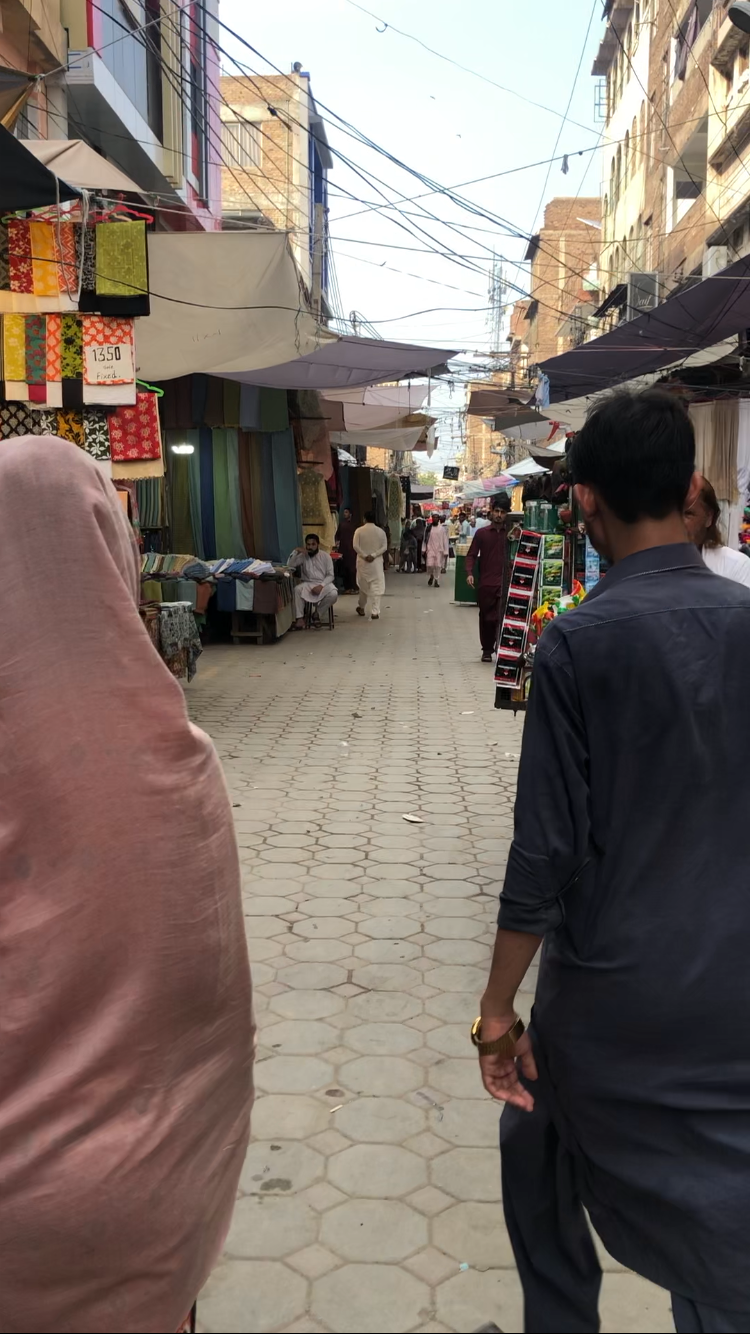
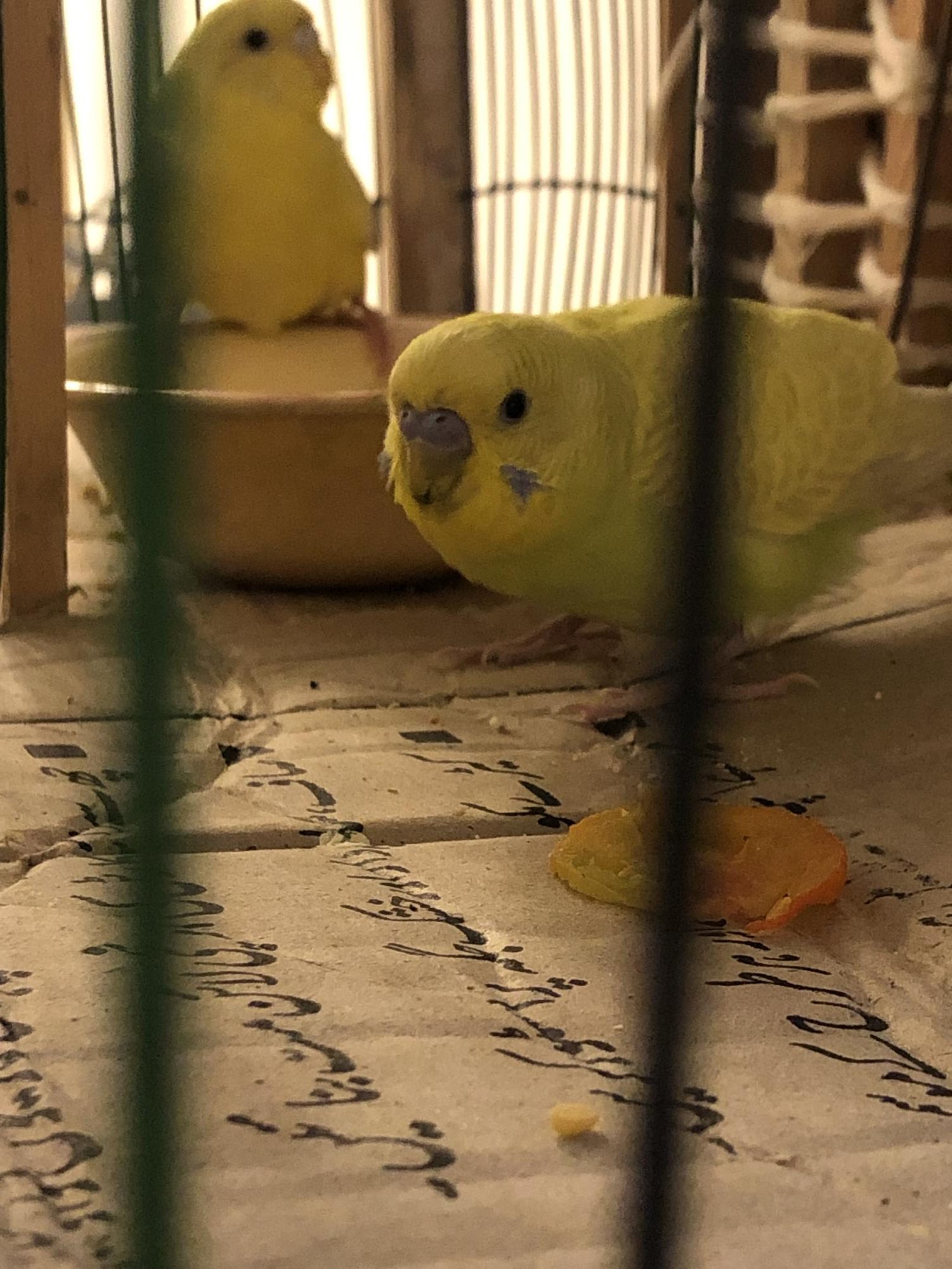
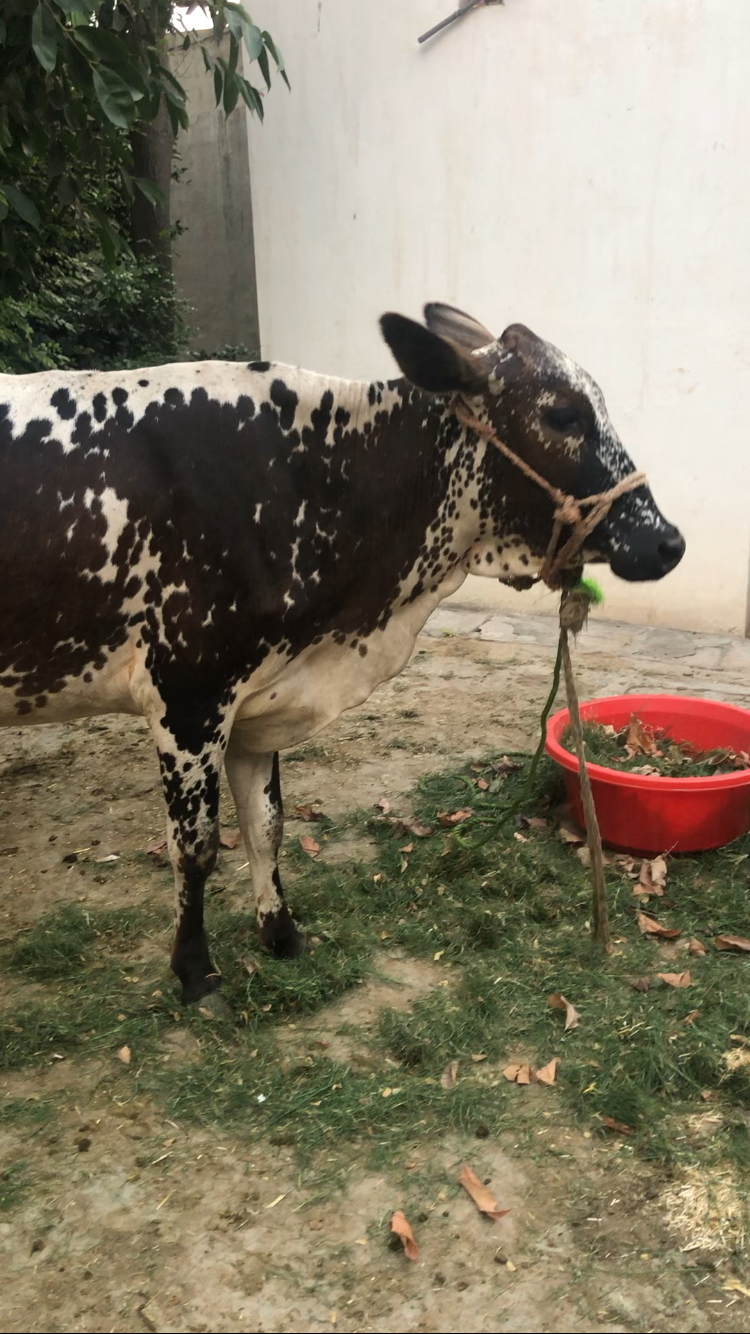

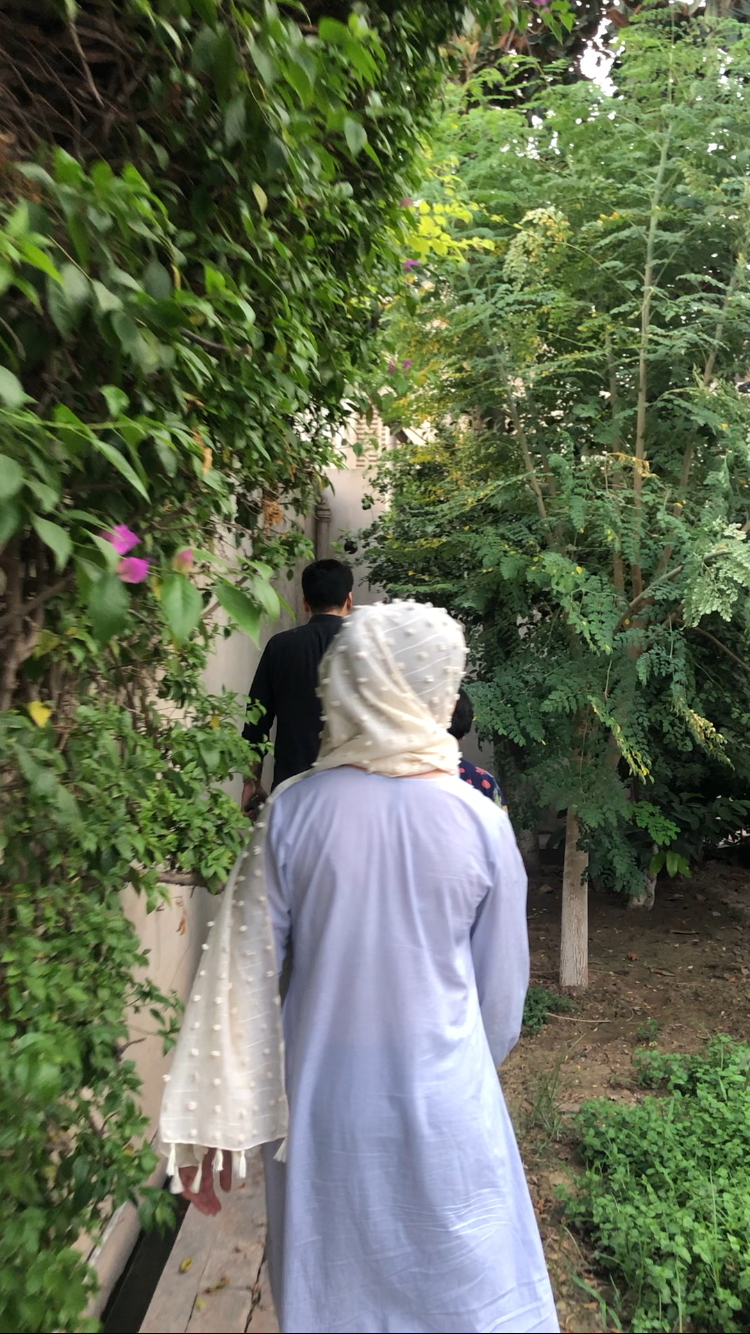




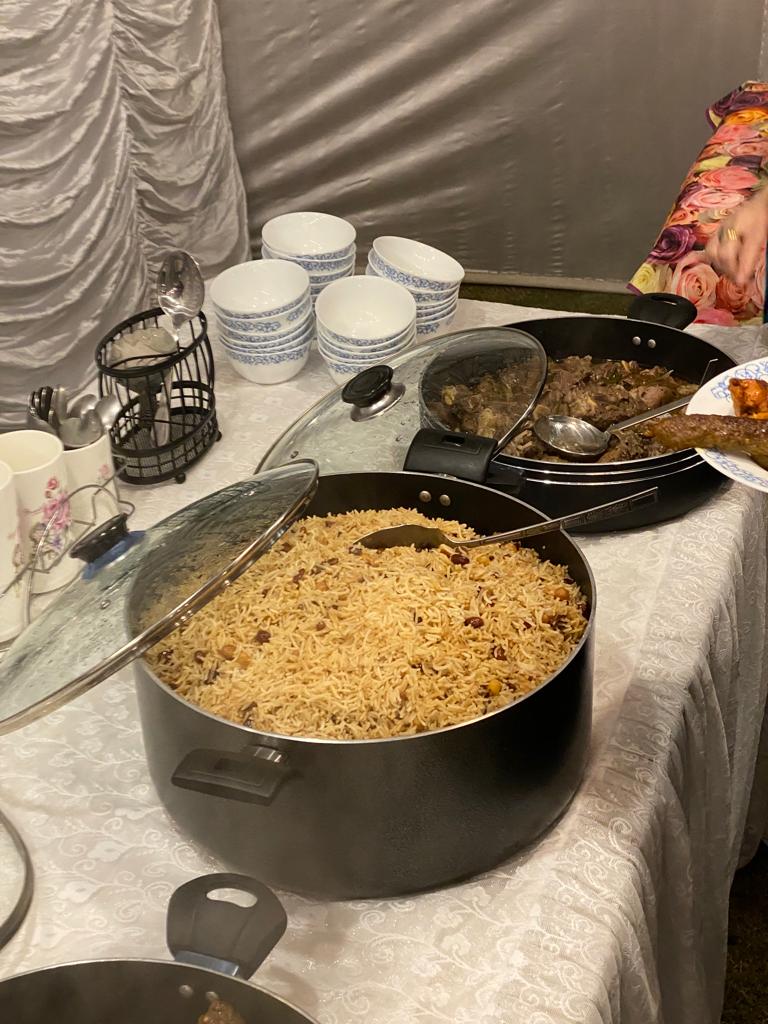

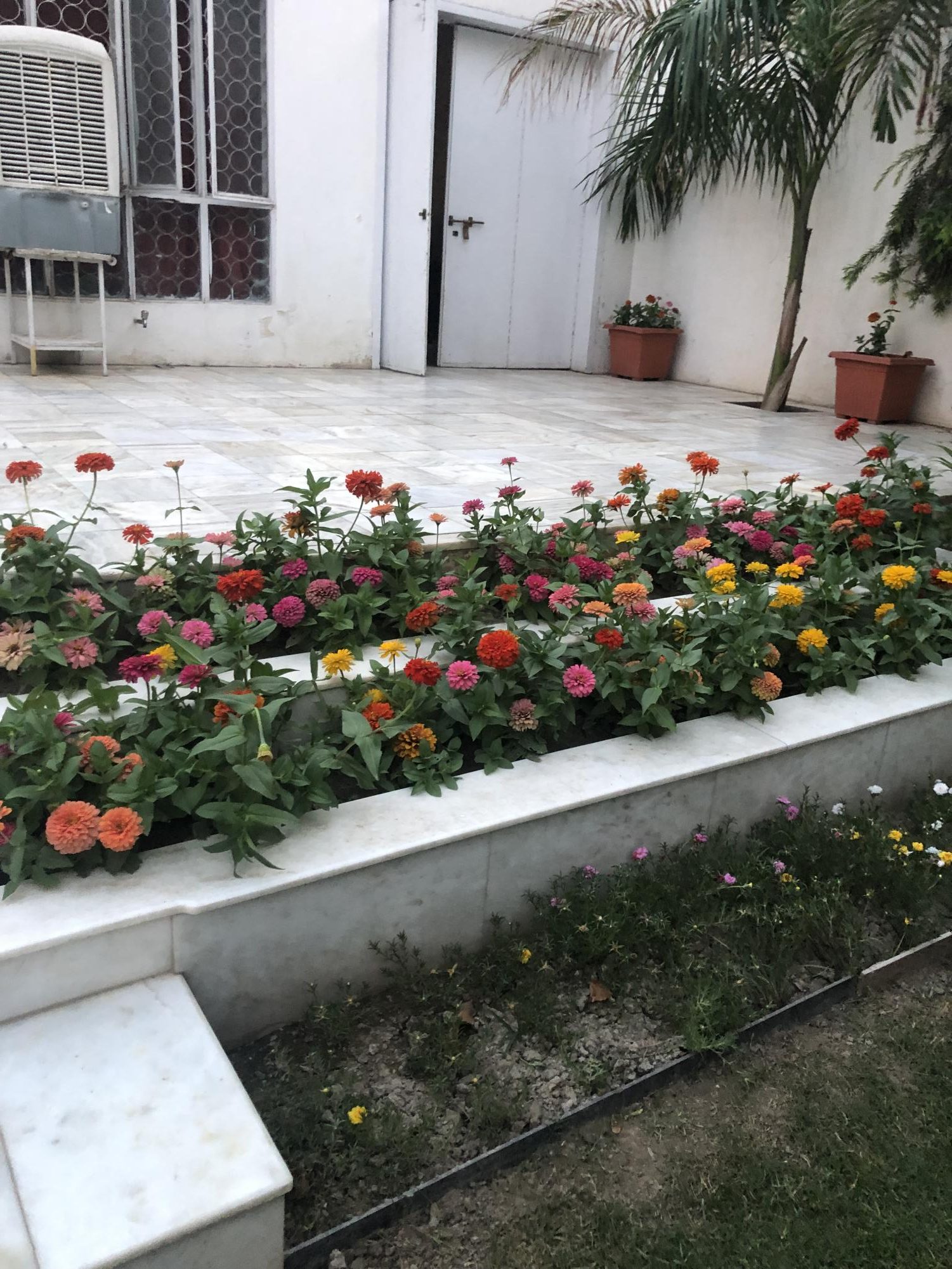

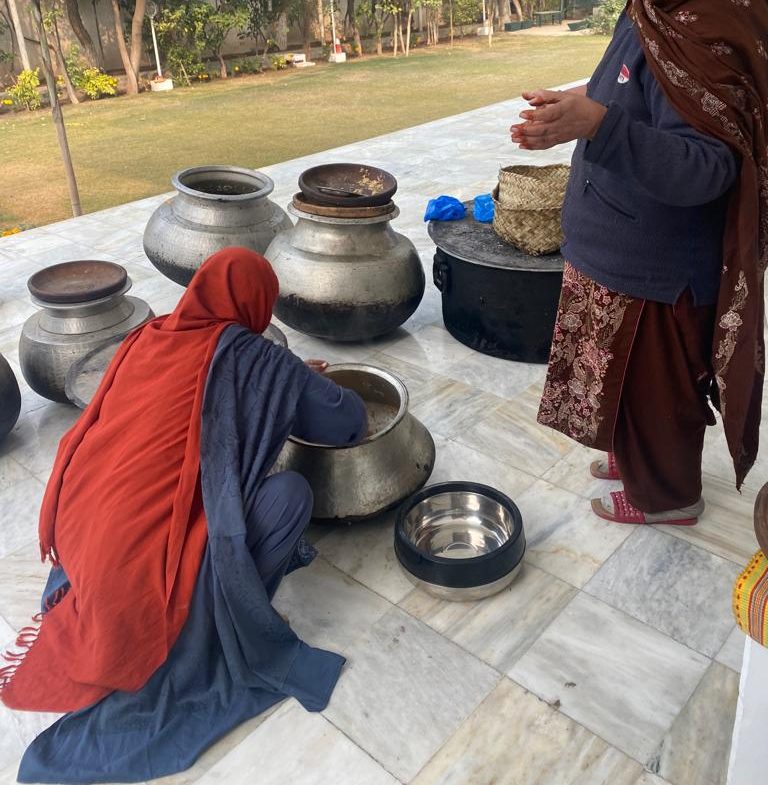
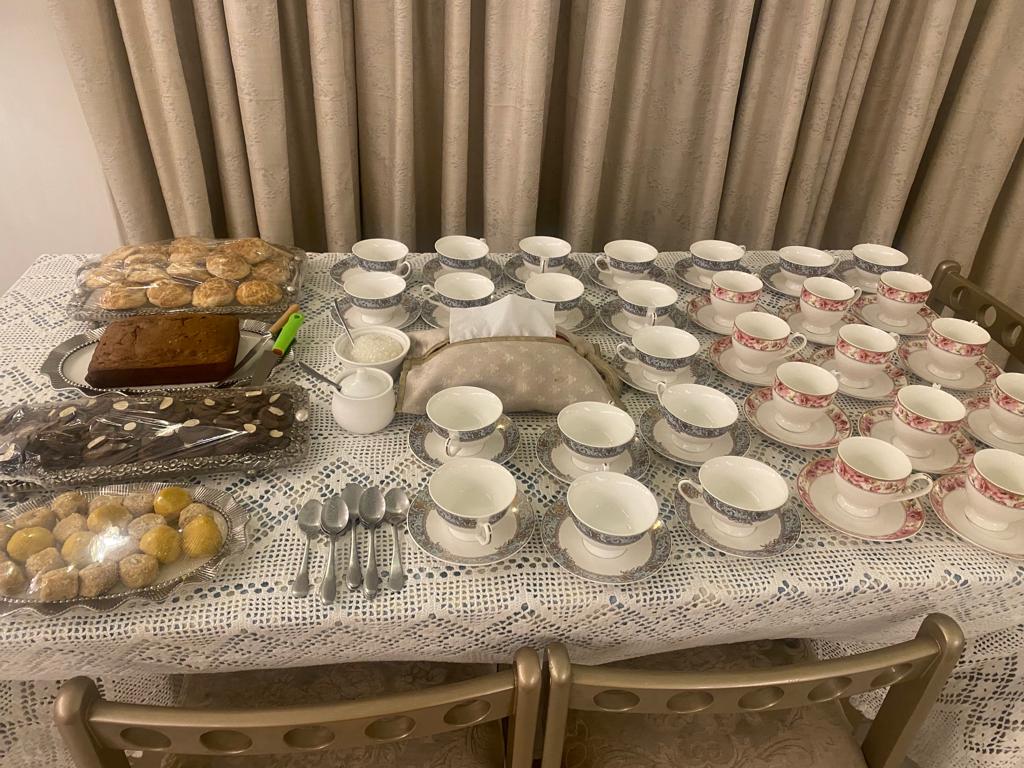
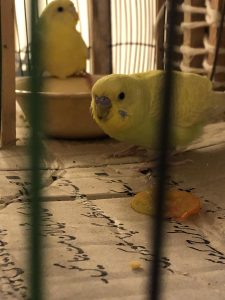

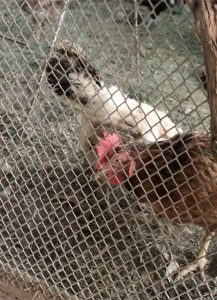
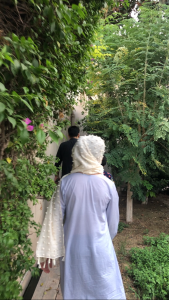

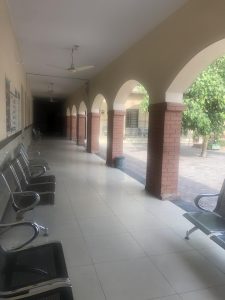

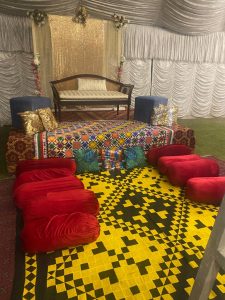
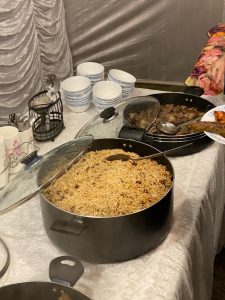
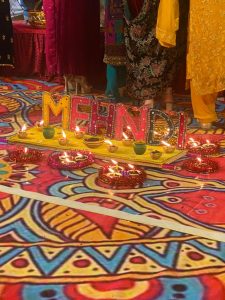

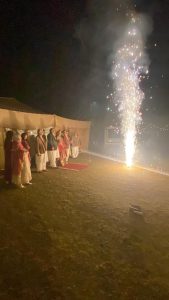

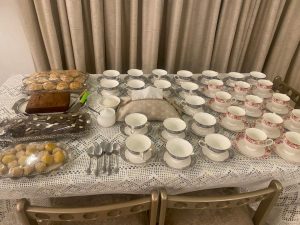
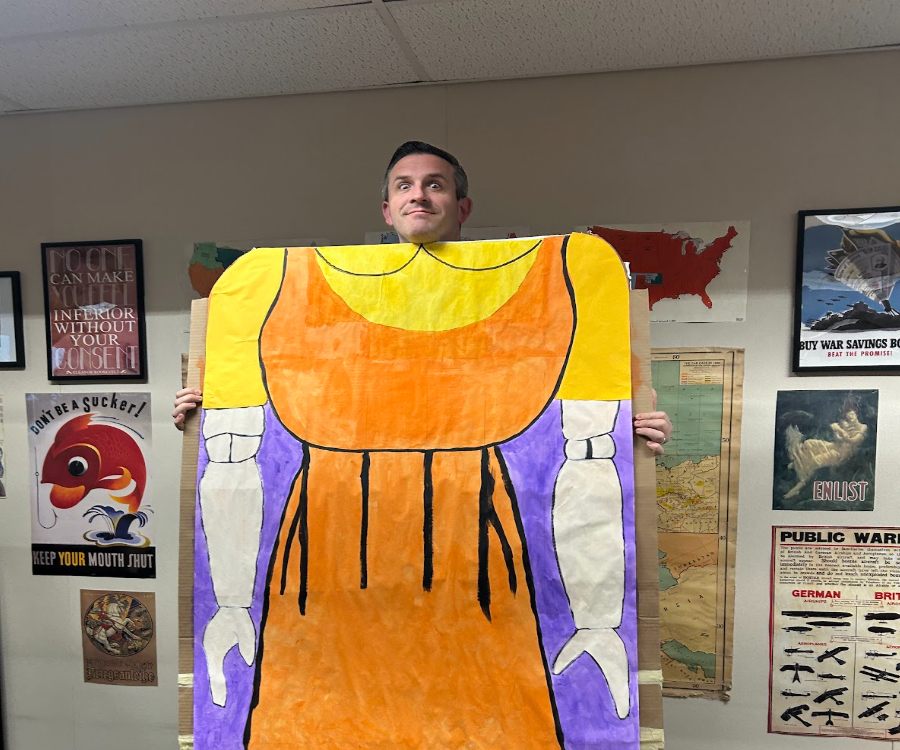
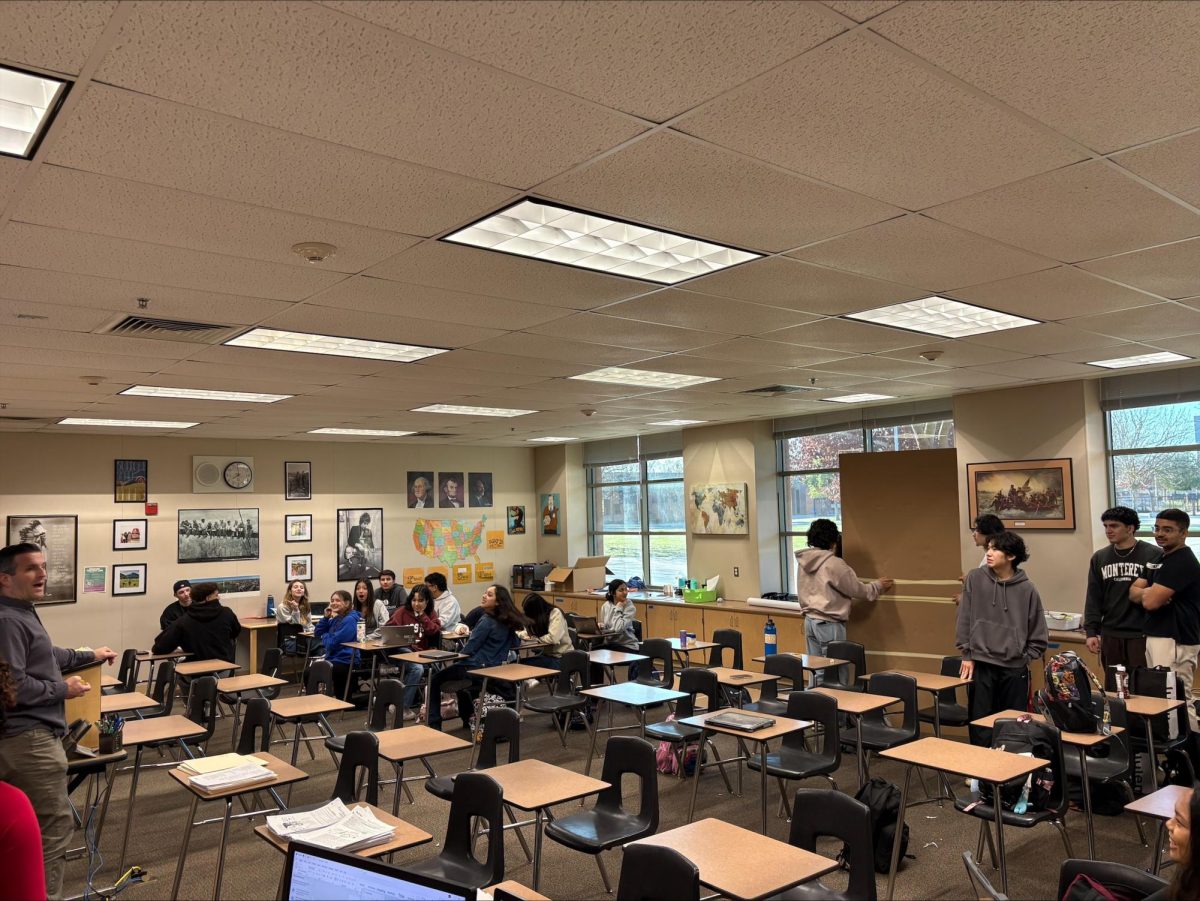
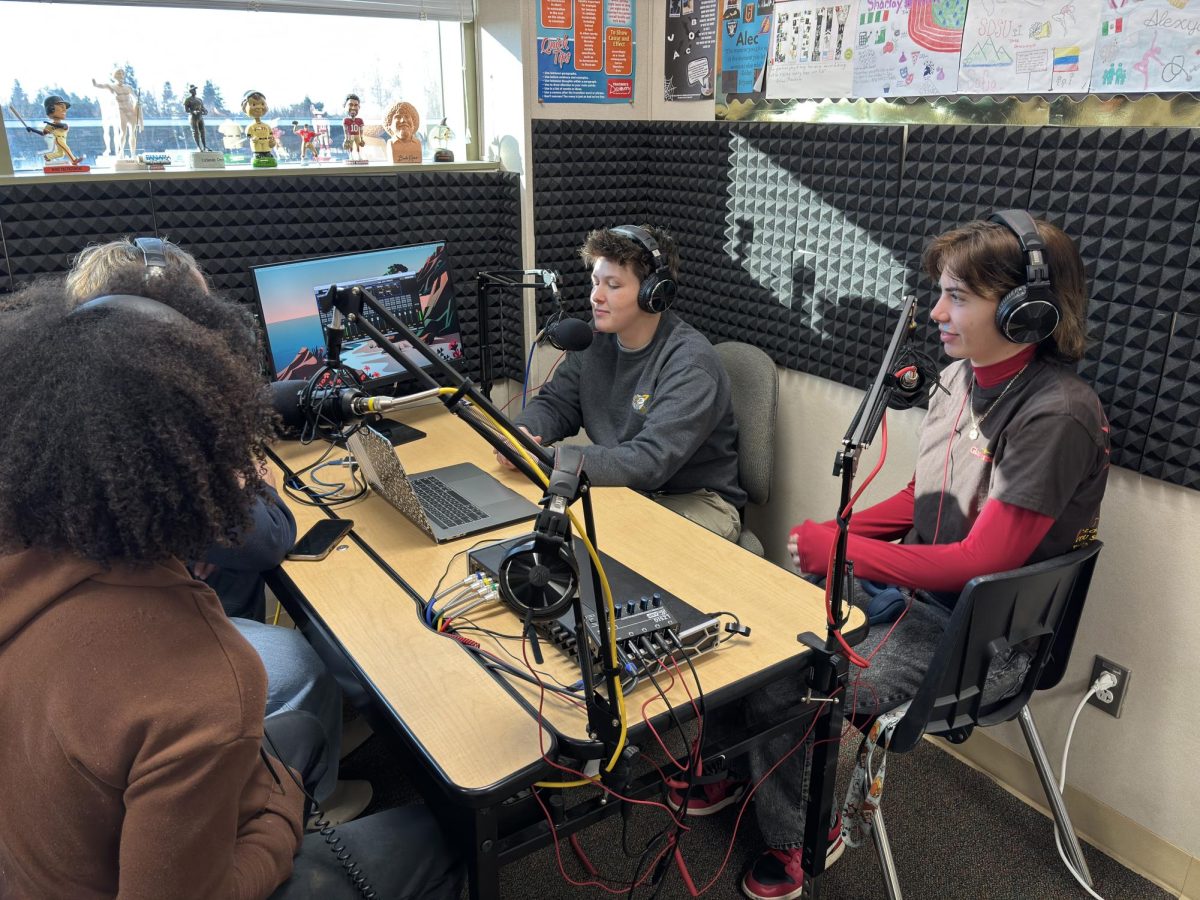

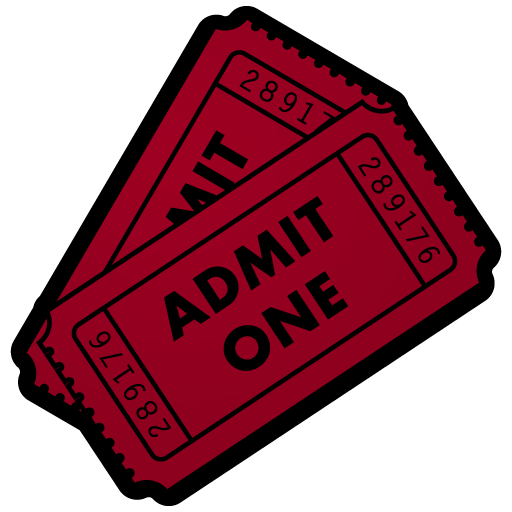

Sonia Guerra • Nov 2, 2024 at 9:05 am
I love how the author got off topic but at the same time offered new insights and informative knowledge. I drove through PKP last summer. I wish I had stopped and enjoyed the culture after reading this article.